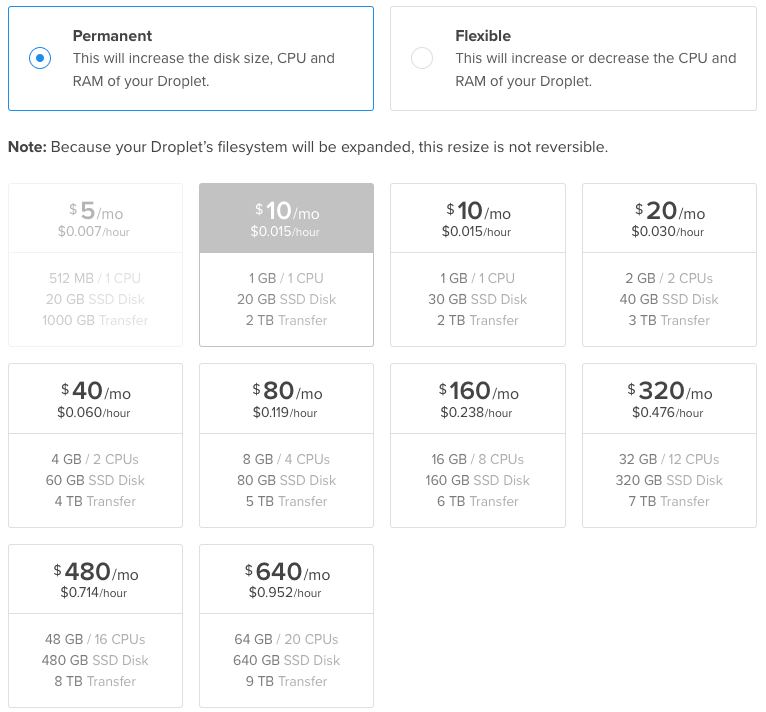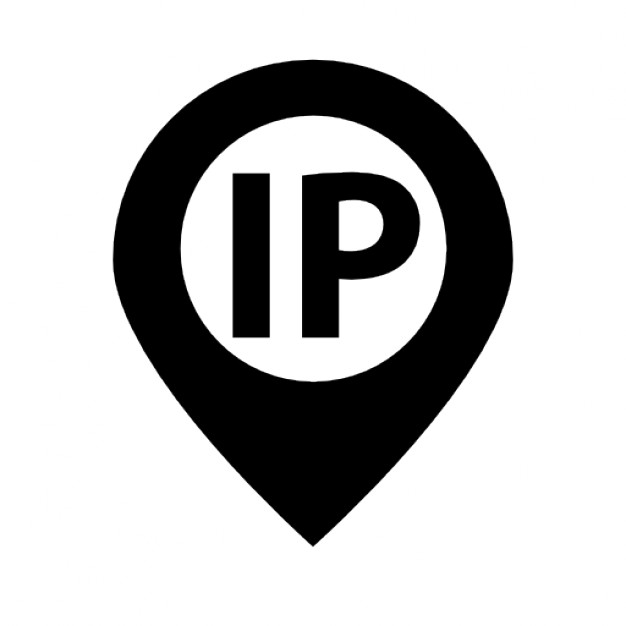Cloud Hosting is great for start-ups or companies looking at getting their applications or websites up and running as fast as possible. Cloud hosting provides a quick start by creating a customized cloud zone based on your requirement. It also provides ability to scale up or down whenever required.
When we talk about Cloud, there are a handful of companies who are familiar and have a great reputation. Among these, the top two would be Amazon AWS and Digital Ocean. While Digital Ocean largely concentrates on small business markets, Amazon is a giant and can handle almost all its next top 10 competitors put together. Lets look at both their pricings and features.
Amazon EC2
One advantage Amazon has over Digital Ocean is that, it provides one year of free hosting if you fall under its “Free Tier” plan. Here is what it provides in the first year:
Free Tier:
- 750 hrs of EC2 running Microsoft Windows Server t2.micro instance usage
- 750 hrs of EC2 running Linux, RHEL, or SLES t2.micro instance usage
- 1 GB of Regional Data Transfer
- 750 hrs of Elastic Load Balancing plus 15 GB data processing
- 30 GB of Amazon Elastic Block Storage in any combination of General Purpose (SSD) or Magnetic, plus 2 million I/Os (with Magnetic) and 1 GB of snapshot storage
- 15 GB of bandwidth out aggregated across all AWS services
After a year, the pricing is costlier than Digital Ocean but has much larger options to choose from. Complete pricing range can be found here: https://aws.amazon.com/ec2/pricing/
Digital Ocean
Digital Ocean is a N.Y. based cloud infrastructure provider targeting software developers. It is considered to have one of the easily understandable pricing models. But this is strictly not for non-developers and managing the server requires at least a basic knowledge of Linux commands.
In Digital Ocean, you create droplets. These droplets are similar to a Virtual Private Server where you have a dedicated RAM and Spacing. The pricing structure is as below:

















Leave a Reply